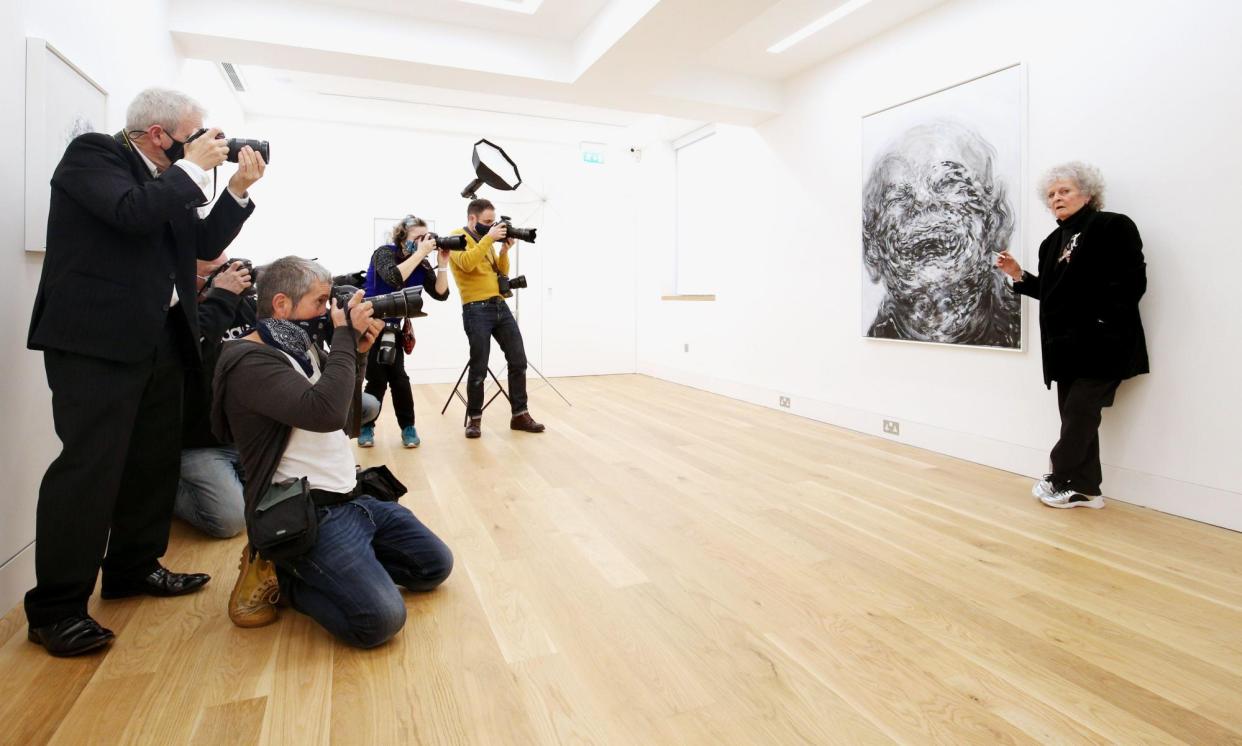Marlborough Gallery: ‘blue chip’ art institution to close after nearly 80 years

The Marlborough Gallery is to close in June, shutting locations in London, New York, Barcelona and Madrid and bringing to an end one of the most influential “blue chip” galleries in the world.
The decision to close after almost 80 years came “after long and careful consideration”, according to the board of trustees at the gallery, which was once on the bleeding edge of the global art market but in recent years had failed to keep up with the evolution of the sector and was riven by internal power struggles.
On Thursday, the board member Franz Plutschow announced the decision to “sunset” the business, which had once had Francis Bacon, Frank Auerbach, Henry Moore, Lucian Freud, Barbara Hepworth and Paula Rego on its books.
The Marlborough was opened in 1946 by Frank Lloyd and Harry Fischer, who were later joined by David Somerset and Lloyd’s son Gilbert. For the first two decades of its life the gallery established a reputation for incredibly shrewd deals and timely, agenda-setting shows.
In the 1950s, well-received exhibitions of Juan Gris positioned the Marlborough as an exciting new space in London, while its relationship with Francis Bacon and its decision to open an outpost in New York in 1963 made it one of the first “mega galleries”.
The Guardian described Lloyd and Fischer as “two partners [who] supply the eyes and ears of the business at home”, while Lord Somerset was called “a sort of éminence grise continually roving the continent”.
It was on one of those tours that the gallery secured the kind of “astounding” deal it was initially known for. In 1960, the Marlborough bought part of the collection of the Norwegian shipping magnate Ragnar Moltzau, before selling on the pieces – including Cézanne’s Quarry at Bibémus – for huge profit.
But by the 1970s the gallery’s reputation began to suffer after a scandal involving Mark Rothko’s estate, which had sold paintings to the gallery for under market value; leading to a legal case and Lloyd being found to have tampered with evidence.
More recently there had been a protracted power struggle at the top of the organisation after Gilbert Lloyd allegedly pushed out Lloyd’s nephew Pierre Levai, who had served as chair.
That led to a lawsuit brought by Levai’s son Max that eventually revealed the gallery, which owns an estimated 15,000 works that are thought to be valued at about $250m, reportedly lost $18.7m between 2013 and 2019.
A spokesperson for the gallery told the Art Newspaper that the family issues “were resolved” and had “nothing to do with this decision to wind down the business”.
In 2022, three directors left and were followed by Rego who departed for the Victoria Miro gallery in the same year. In the last few years the gallery’s turnover dropped sharply, although it or its parent company reportedly still owns the properties in London, New York, and Madrid, plus warehouses in Spain and New York which it plans to sell.


